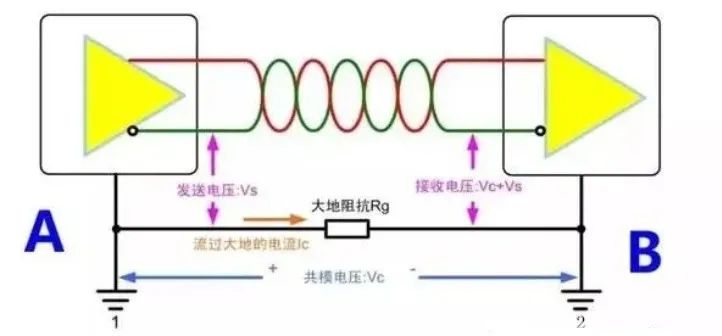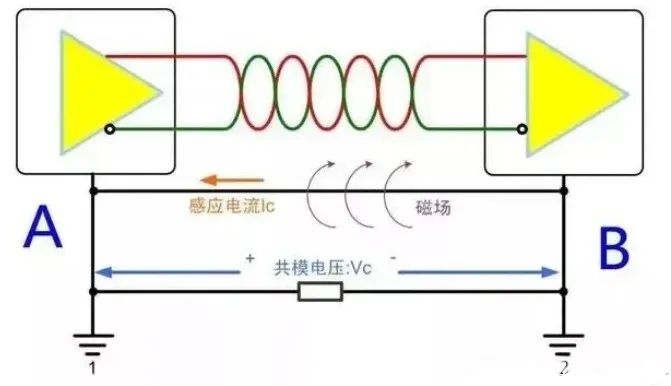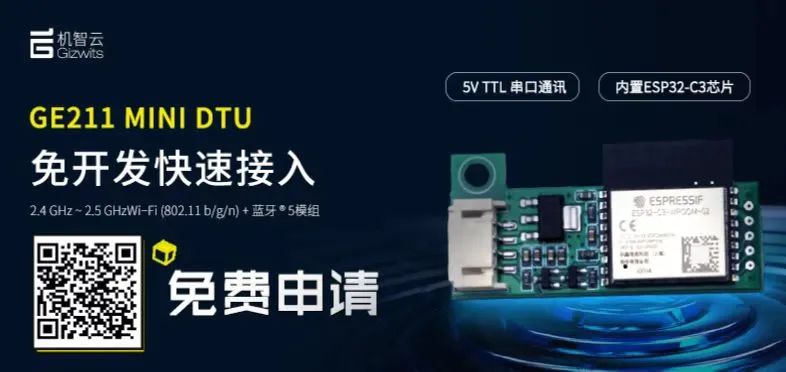



-
Ensure that our equipment does not connect to devices that may have high voltage or pose a risk of high voltage short circuits. -
Ensure that the wiring of RS-485 does not exceed 100 meters. -
Ensure that there are no strong magnetic, high voltage, or high-power devices on site.


👆Long press the image to scan and apply👆
